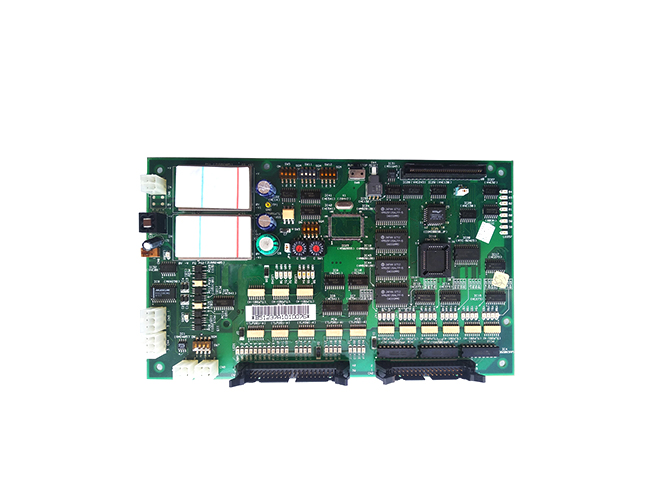-
CN
-
Service Hotline
+8618129931046 Mr. Liao


Time:2025-07-25 Views:1

The cost composition of rigid-flex PCBs is more complex than that of traditional rigid PCBs, with several key components contributing to the total expense. A clear understanding of these cost drivers helps manufacturers and buyers optimize budgets while maintaining quality.
Material costs account for 40-50% of the total expense. The flexible substrate, typically polyimide, is significantly more expensive than rigid FR-4, costing \(30-50 per square meter compared to \)10-15 for FR-4. Copper cladding, especially high-purity copper used in flexible sections, adds to the cost—1oz copper (35μm) is 20-30% pricier than 0.5oz (17.5μm) due to higher material usage. Other materials include adhesives (for bonding rigid and flexible layers), solder masks, and coverlays, which together contribute 10-15% of material costs. Colorless polyimide, used in applications requiring transparency, can further increase material expenses by 50%.
Manufacturing processes represent 30-35% of the total cost. Laser cutting for flexible sections is more expensive than mechanical cutting, adding $5-10 per panel. Drilling, especially for microvias in flexible areas, requires precision equipment, with laser drilling costing 2-3 times more than mechanical drilling. Lamination, a critical step in bonding rigid and flexible layers, demands controlled temperature and pressure, increasing energy and labor costs. The number of layers directly impacts process costs: each additional layer adds 15-20% to manufacturing expenses due to extra lamination and drilling steps.
Labor and overhead costs make up 15-20%. Skilled technicians are needed for quality control, especially during inspection of rigid-flex transitions, and automated testing equipment (like AOI and X-ray) adds to capital expenses. Design-related costs, including engineering fees for DFM reviews and prototype iterations, contribute 5-10% of the total, with complex designs requiring more iterations and higher fees.